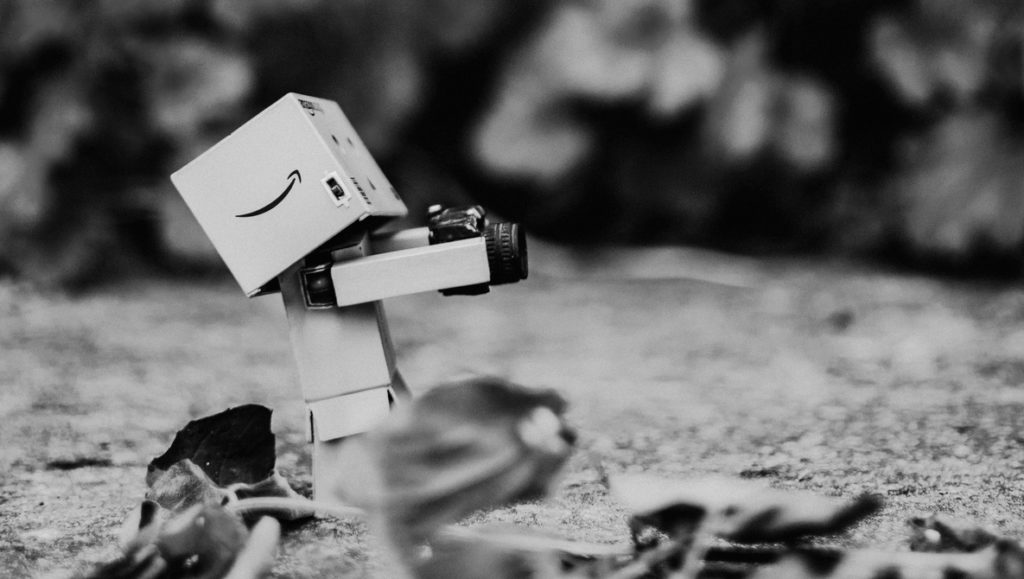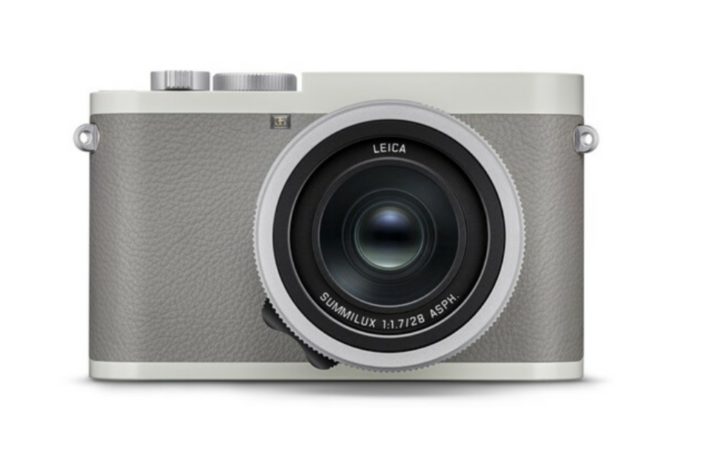
Technology often follows a path where it begins life large, slow, and expensive, and then gets smaller, faster, and cheaper as time passes. Digital cameras have not followed this trend for a number of reasons, and every time I think I can predict where the industry will go, a curveball is thrown. Cameras: Technology’s Anomaly My first camera was a little Canon 350D and a nifty-fifty on the front. From there, my cameras became larger and more powerful as I wanted to push my work further. Then, as mirrorless cameras rose to prominence, my cameras started getting smaller again. But, in a confusing twist, a trip to Tokyo in 2018 for Fujikina had me fall in love with the GFX range and its largest lenses, and for the uninitiated, they are near-double the size and weight of a Sony mirrorless. I enjoyed the added size and weight; it felt more like I was plying a skill. That’s just me, however, and mirrorless still rules the roost for the majority, including me. This love remains today, but my medium format Fuji isn’t my workhorse. This isn’t simply because it’s cumbersome and tiring to lug around, but also in terms of […]
Click here to view original web page at fstoppers.com





More Stories
How Good Is the New $6,000 Point and Shoot Camera From Leica?
Leica DG VARIO-ELMARIT 12-35mm F2.8 ASPH Lens Announced
Hasselblad X2D 100C: Keep it simple, stupid